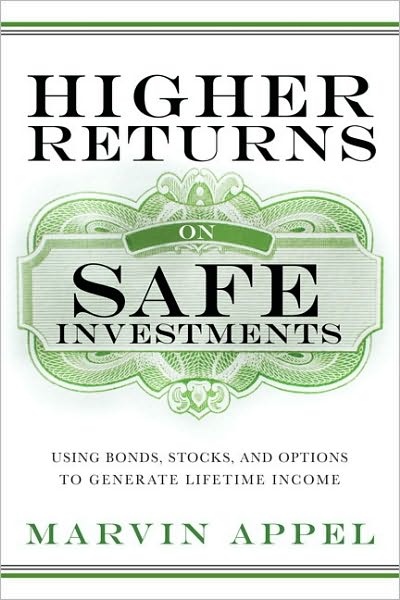Surviving a Bad Quarter Well
To my readers: I am still in the process of blog repair.? I have heard from a few readers that I need larger type and more contrast.? I will fix that.? For now, use Ctrl-+ to expand the font.? I don’t want any of you going blind over me. 😉
-==-=-=-=-=-=-=–=-==-=-=-=-=-=-=-=-=–==-=-=–=-==–==-=-
Onto tonight’s topic: asset allocation.? So, we had a bad quarter for equities.? Not that I can predict things, but I pulled in my horns progressively over the last nine months, culminating in buying a bunch of utilities at the last portfolio reshaping.? I own mostly energy, insurance, utilities, and consumer nondurables stocks, with a little tech thrown in for fun.? At present, median P/E is around 9, and P/B around 90%, with strong balance sheets, and around 17% of the portfolio in cash.? I missed roughly half of the carnage of the last quarter, and this week, I put some money to work, cash falling by 1%.
So, when are equities cheap?? Next question: cheap relative to what?? It’s difficult to say when equities are absolutely cheap, but here are some ideas on cheapness:
- Stocks are absolutely cheap when they trade in aggregate at less than book value, or less than 8x trailing earnings.? Think of Buffett getting excited back in 1974.
- Stocks are relatively cheap to Baa bonds when the earnings yield of stocks plus 3.9% is above the yield on Baa bonds.? But this at present depends on very high profit margins continuing, and sales not shrinking, neither of which are guaranteed.
- When there is significant debt deflation going on, determining cheapness is tough.? Better to ignore the market as a whole, and focus on survivability/cheapness.? Aim at companies in necessary industries with relatively little debt, strong accounting practices, and cheap to earnings/book/sales.
- I don’t have a good metric for when equities are cheap/dear to commodities.? Ideas welcome.
With respect to bonds, credit spreads are not wide enough to make me yell buy, as I did in November 2008 and March 2009.? Beyond that, the spread on GSE debt and guaranteed mortgages is thin.? TIPS look attractive, as few care about inflation.? The US dollar has been strong lately, largely due to weakness in the Euro.? I would be light on non-dollar bonds for now.
What we have been experiencing is creeping illiquidity, where the prior stimulus from the Fed and US Government has been declining.? There isn’t enough private demand growth to drive the economy, because we need to pay off or compromise on debts.? Also, the private sector looks at the growing debts of the government, and gets concerned.? How will the government deal with it?? Higher taxes, inflation, default?? No good scenarios there.
When an economy is overleveraged, there are no good solutions.? If sales fall, then corporations will fire more people, and idle more capacity in order to maintain profits near prior levels.? High quality bonds do well, but stocks do poorly, until enough debts are paid of or compromised, and the economy can work without the fear of mass insolvency again.
I have written before on a new approach to asset allocation.? Broadly, I am looking at a system that:
- Considers the credit cycle first.? Great returns typically happen after credit spreads are wide, and are lousy after they are tight.
- Considers the slopes of the Treasury nominal and TIPS curves.
- Looks at the cash flow yield of all asset classes relative to history, relative to other asset class yields, etc.
- Factors in safety provisions for each asset class.? Stocks need the most, then junk bonds, then investment grade.
- Looks at the short-run and the long-haul returns of each asset class, attempting to analyze when the short run is way above or far below long-haul trends.
At present, I am still happy playing conservative, because I am less confident about debt deflation than most investors are now.? There will come a time to be much more bullish, but it will come after earnings decline, and firms have delevered still further.



